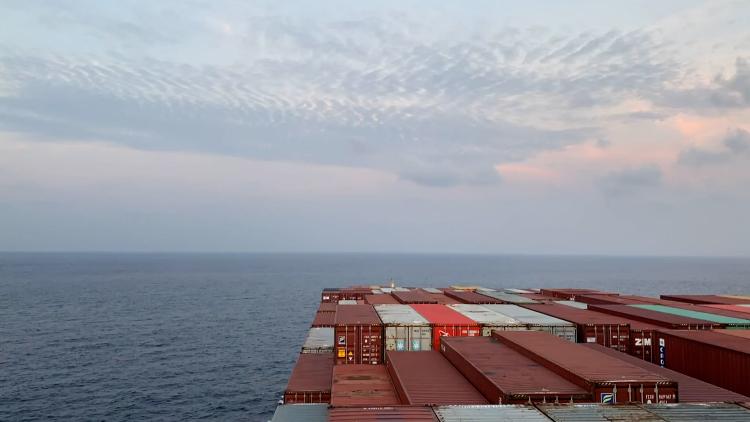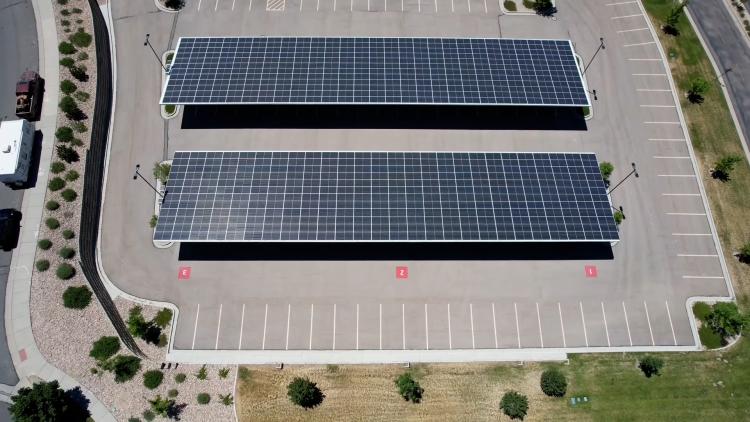More intense Indian summer monsoons
Satellite data from 1991 to 2020 show heavier summer rainfall that is likely to continue
A recent case study written in collaboration with EUMETSAT’s Dr Rob Roebeling shows how satellite observations confirm changes in Indian summer monsoons.
Using data from the fifth atmospheric reanalysis of the global climate by the European Centre for Medium-Range Weather Forecasts (ECMWF), which incorporates data from EUMETSAT’s Metop, Meteosat, and Jason satellites, among other sources, the case study authors were able to confirm a trend in the Indian summer monsoon toward an increase in intensity from 1991 to 2020. They observed an increase in the temperature gradient between the much warmer Himalayas and Tibetan Plateau, which warmed at a rate of 2°C per decade, and the only slightly warmer Indian Ocean. They also found that rainfall increased by 0.1mm a day per decade in India during the summer monsoon for that same period.

Credit: Roebeling using data from the ECMWF’s fifth reanalysis
“Changes in precipitation have so many widespread impacts on areas such as health, water supply, and agriculture,” said Roebeling. “It is interesting for us to observe these changes because they give us hints about climate change in these kinds of regions.”
The authors also looked at the connections between rainfall, soil moisture, vegetation, and surface temperature for the period 2008-2020 using data from the H SAF and the EUMETSAT Satellite Application Facility on Land Surface Analysis (LSA SAF), which both include observations from Metop satellites, and in-situ data provided by the Indian Meteorological Department (IMD).
They found that although the precipitation across India increased, this led to only a very small increase in vegetation.
“This is a bit counterintuitive,” said Roebeling. “You would think that more rain has a positive effect on agriculture, which it can, but you often see now that during periods with increased but less regular rainfall and higher surface temperatures, soils either become moister or drier.
“So what’s really important for soil moisture is how much rain is falling and how the rain is distributed over time,” he continued.
Climate simulations suggest that the trend towards an increase in intensity that Indian monsoons have already undergone is likely to continue in the future. One reason is that climate change will cause the temperature of the Indian Ocean to rise, leading to increased evaporation that will send more water vapour into the atmosphere.
Because the temperature of the land in this region, particularly the Himalayas and the Tibetan Plateau, is rising faster than the nearby Indian Ocean, this water vapour will then move over the warmer land and form into convective clouds. The higher temperature of the land will cause these clouds to form more quickly and penetrate more deeply into the atmosphere, leading to more intense rains.
As these changes continue to take place, satellites will also continue to collect even more observations, providing longer datasets, using improved instruments such as the Copernicus Sentinel-3 Sea and Land Surface Temperature Radiometer, as well as the Metop Second Generation METimage and Scatterometer.
“If you really want to say something about climate change, you need at least 30 years of data,” said Roebeling.
“At the moment, climate data records for different variables including rain, soil moisture, vegetation, and surface temperature haven’t been available for that length of time yet. But in 2030, we’ll get a new 30-year period of climate data, from 2000 to 2030, covering all of these variables.
“Then, we’ll be able to draw more robust conclusions on the interactions between the variables and will also be able to analyse climatologic trends in ways we can’t do yet, which is important for maintaining safe and favourable living conditions.”
To find out more, check out the case study “Observing changes of India's summer monsoons”.
Author:
Sarah Puschmann


